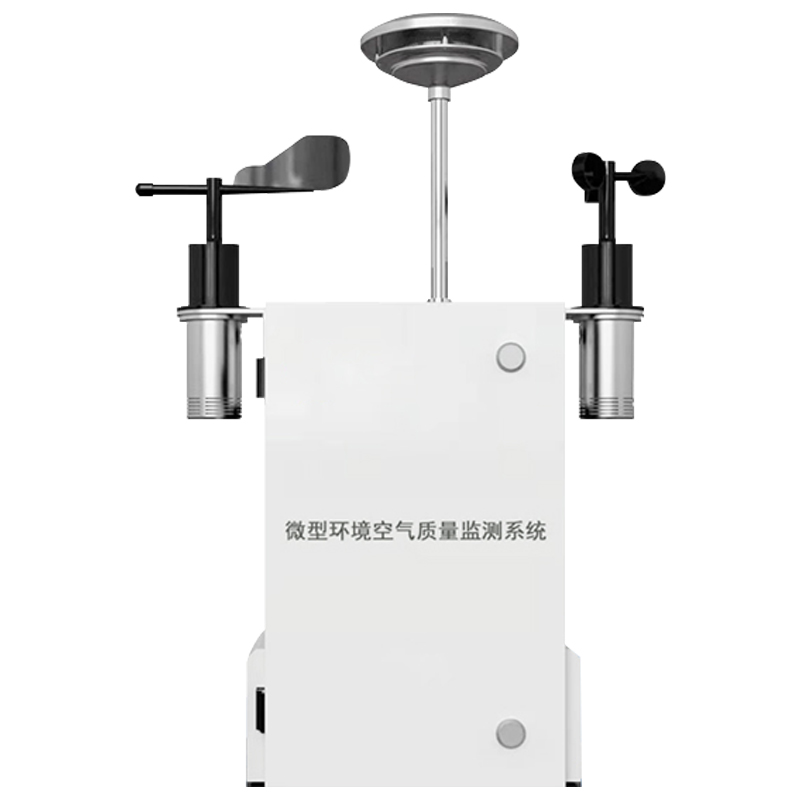Shandong Fengtu IOT Technology Co., Ltd
Sales Manager:Ms. Emily Wang
Cel,Whatsapp,Wechat:+86 15898932201
Email:info@fengtutec.com
Add:No. 155 Optoelectronic Industry Accelerator, Gaoxin District, Weifang, Shandong, China

Sales Manager:Ms. Emily Wang
Cel,Whatsapp,Wechat:+86 15898932201
Email:info@fengtutec.com
Add:No. 155 Optoelectronic Industry Accelerator, Gaoxin District, Weifang, Shandong, China
time:2025-07-16 08:59:52 source:Weather Station viewed:366 time
In the third-party pollution control of industrial parks, "monitoring" is a core link. However, scattered monitoring points face problems such as high operation and maintenance costs and difficulty in unified management. Atmospheric pollution grid monitoring technology, which combines "grid-based layout" with fixed and mobile monitoring to build a full-area perception network and relies on cloud platforms and big data to support environmental protection decisions, has become the key to solving these problems.
The technical principle is divided into three layers. The perception layer consists of various intelligent monitoring devices, including main equipment and auxiliary equipment, to realize comprehensive and intelligent perception of environmental elements. The data transmission layer flexibly adopts wired, wireless (2G/3G/4G/GPRS) or hybrid transmission methods to securely store data and equipment status information. The application service layer includes four parts: the application display layer presents information through APPs, web terminals, and LED screens; the application instance layer realizes monitoring and early warning, as well as the calculation of pollutant diffusion trends; the application support layer integrates and analyzes environmental information with the help of cloud computing and big data to complete data storage and in-depth mining; the basic data layer standardizes the storage of various data, solving problems such as scattered information and low standardization.
Compared with the limitation of traditional national control points that can only comprehensively monitor six indicators but cannot conduct single-indicator analysis, the Air quality monitoring station can focus on pollution sources in small areas, trace pollutants, and propose control plans. Micro-stations have low investment and convenient operation and maintenance, making them suitable for large-scale and high-density layout. They make up for the shortcomings of national control points, such as high costs, difficulty in large-area layout, and difficulty in pollution source tracing. The combination of the two can not only macro-monitor the overall air quality of the region but also micro-focus on key pollution sources, so as to scientifically evaluate the impact of emissions.
The layout of Air quality monitoring station is very flexible. According to the differences in the surrounding environment and pollution sources, sensor equipment can be matched in a targeted manner. It is equipped with a unified management platform that integrates control functions such as equipment and user management, improving management flexibility and humanization. The system architecture is open, providing basic services through Web Service, which facilitates docking with supervision or weather forecast platforms. It can also uniformly integrate subsystems, centrally manage scattered subsystems in the same software environment, and check the operation status of micro-stations in real time, greatly improving system efficiency and compatibility.
In short, this "monitoring" method provides a low-cost, easy-to-manage, and high-precision solution for pollution monitoring and control in industrial parks.

Weather observation equipment manufacturers recommended, Windway Technology is a professional manufacturer of weather observation equipment, mainly engaged in a variety of weather observation equipment, such as automatic weather stations, agricultural weather stations, ultrasonic weather stations, p...
Soil Moisture Testing Equipment is a research result obtained through scientific methods and multiple equipment experiments. It can continuously observe and conduct in-depth analysis of the relevant conditions of the soil.Soil Moisture Testing Equipment is divided into two parts: hardware and softwa...
The soil moisture monitoring station is a device specifically designed to detect soil moisture and temperature, and it has been widely used in a number of fields, including agriculture and geological disaster prevention.For agricultural producers, the data provided by the station can be used to quic...
A soil moisture monitoring system is an automated system used to monitor soil moisture conditions, which can help farmers or agricultural researchers better understand soil moisture conditions in order to develop more effective irrigation schedules and crop management strategies.Soil moisture monito...